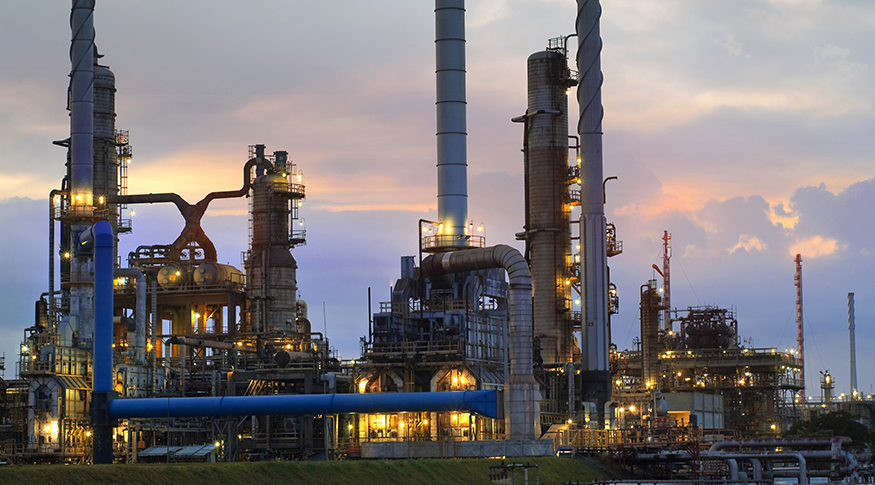Regional industry
Industrial output drops in eight of 15 places surveyed in November
January 14, 2022 09h00 AM | Last Updated: January 14, 2022 01h16 PM

The industrial output dropped in eight out of 15 places surveyed by the Monthly Survey of Industry (Regional PIM) between October and November, when the national index changed -0.2%. The major retreats were registered in Amazonas (-3.5%), Ceará (-2.5%) and Rio de Janeiro (-2.2%), whereas Mato Grosso (14.6%), Santa Catarina (5.0%) and Pará (3.5%) recorded the highest rises.
After three months of positive figures, a period in which Rio de Janeiro accumulated a gain of 1.5%, the drop in this state exerted the biggest negative influence on the result. “That drop is attributed to the negative impact in the sectors of petroleum products, mainly basic metals, and of pharmaceuticals. Amazonas is the second biggest negative influence, mainly due to the drop in the sector of beverages,” says Bernardo Almeida, manager of the survey.
Having dropped 1.7%, Bahia exerted the third biggest weight, due to the low performance in the sectors of pulp and other chemicals. The industry in Bahia hits that drop after two months of positive figures, when it accumulated a gain of 5.4%.
On the positive side, São Paulo, which expanded 1.0%, leads as the major positive influence on the national result between October and November. The result of São Paulo, which accounts for nearly 34% of the Brazilian industrial output, is due to the good performance in the sector of vehicles, which weights 16.1% in the industry of this state.
“It is worth highlighting that that growth happens after five months of negative figures, in which São Paulo accumulated a loss of 7.9%. That state is 3.6% below the pre-pandemic level and 25.1% below its highest level, reached in March 2011,” adds Almeida.
Having grown 5.0%, Santa Catarina is the second biggest positive influence on the national result, based on the positive impact of the sectors of wearing apparel - very relevant in the industry of Santa Catarina - and of machinery and equipment. The rise occurs after two months of negative figures, with a cumulative loss of 6.3% in the period. As a result, that state almost offsets the losses in previous results.
Having grown 14.6%, Mato Grosso was positively affected by the good performance in the sector of food. Almeida explains that some important producing units in the sector of food in Mato Grosso, which were shut down, resumed the production, causing a high change in the results of this state. Moreover, the exports of meat improved against the Chinese embargo.
“It is worth highlighting the five states that are above the pre-pandemic level. Minas Gerais is 5.2% above the level of February 2020; Rio Grande do Sul is 3.9%; Mato Grosso and Santa Catarina, both of them 3.3% above; and Paraná with 1.8%”, highlights the manager of the survey.
The cumulative index in the year grew in nine out of 15 areas, highlighted by Santa Catarina (12.4%), Rio Grande do Sul (11.2%), Minas Gerais (10.9%) and Paraná (10.0%). The cumulative rate over the last 12 months advanced in ten out of 15 places surveyed.
Ten places dropped in relation to November 2020
Compared with November last year, ten out of 15 places surveyed registered negative rates. The most intense drops were reported in Bahia (-15.7%), Amazonas (-13.0%), Ceará (-11.1%) and the Northeast Region (-10.5%).
Bahia was affected by the sectors of motor vehicles, trailers and bodies, basic metals and pulp, paper and paper products. Amazonas was pressed by the activities of beverages, computer equipment, electronic and optical products; Ceará, by the drop in the production of leather, traveling goods and footwear and wearing apparel and accessories; and the Northeast Region, by the retreat in motor vehicles, trailers and bodies and leather, traveling goods and footwear.
São Paulo (-6.9%) and Pernambuco (-5.9%) also recorded more intense negative rates than the national average (-4.4%), whereas Goiás (-3.9%), Santa Catarina (-2.6%), Paraná (-1.9%) and Minas Gerais (-0.6%) were the other places with negative indexes.
More about the survey
The Regional PIM has been producing short-term indicators since the 1970s regarding the behavior of the real product from mining and quarrying and manufacturing industries. It presents, every month, indexes for 14 Federation Units, each one accounting for at least 1% of the national value of manufacturing, and also for the Northeast Region as a whole. Amazonas, Pará, Ceará, Pernambuco, Bahia, Minas Gerais, Espírito Santo, Rio de Janeiro, São Paulo, Paraná, Santa Catarina, Rio Grande do Sul, Mato Grosso, Goiás and the Northeast Region.
The results can be seen on Sidra.




















